Our "Why": Challenge the Status Quo, Always
At our recent quarterly strategy and execution planning meeting in Boise, Idaho, we got caught up in Simon Sinek’s “Why” concept which we first saw on YouTube back in 2009. Sinek’s basic premise is that to achieve meaningful lasting success and gain buy-in from both customers and staff, businesses must first answer “why” they do what they do before getting to the how and the what. Maybe more specifically the “why” shapes the “what”, both of which define the “how”. A great example is that of Southwest Airlines: “We connect people to what’s important in their lives through friendly air travel.”
After some good debate, constructive conflict, and exploration, we all agreed that our “Why” was to “Challenge the Status Quo, Always”.
This is a cultural mindset that applies to everything we do, internally and externally:
Every Client and Customer is different, we cannot assume one client’s needs are the same or even similar to any other. We must flex our Emotional Intelligence and ask questions. Put the Customer First.
Every Team Member is Different, we must interact with each other as individuals within the team in order to reach its potential. A strong culture can help. High performing teams understand these differences and employ management strategies that play to each team members’ strengths.
Every Farm is Different, we cannot get complacent and assume we have identified all the Features and Benefits much less the Risks and Mitigants present on a farm by following a simple checklist.
At the same time, checklists and templates must be followed to maintain consistency, but be flexible enough to adapt to a particular need or client and evolve as we learn…. Don’t assume one template covers all the angles.
Technology is never “good enough” and cannot be used as a crutch or a box to restrict thinking, approaches, improvements, and solutions…Trust Technology but always verify.
Ultimately for Scythe & Spade, Challenging the Status Quo is a differentiator, a disrupter. We are a small company, competing with much larger competitors. But we see that as a competitive advantage, allowing us to change faster than our competition, being on version 10.1 when everyone else is trying to figure out version 4.2. To challenge the status quo and truly be disruptive requires not only working smarter, harder, and faster, but thinking as a contrarian, highly functional TEAM.
In closing, I’d like to share a couple, more personal statements from our TEAM:
The Team at Scythe & Spade
"Challenging the Status Quo" must be part of a company ethos, it goes beyond providing alternative ideas for how the company operates, it means instilling a company culture that simultaneously seeks, embraces, and rewards good ideas and individual effort, while maintaining an environment where employees are both unafraid to champion ideas as well as accepting and moving on when some of them are not accepted.” ~ Matt
“Challenging the status quo is not only a mindset shift, that starts with first identifying elements that are preventing innovation and growth but also a behavior shift that supports the development of new ideas and keeps the company’s culture constantly improving.” ~ Mari
“If we do not challenge the status quo, it does not take long before a company is stagnating in its way of thinking. Statements like “well we did that several years ago and it did not turn out like we planned” should not be accepted. These are used to torpedo new thoughts and ideas. Things have a way of changing over time and organizations should be open to new ideas or opportunities even if they were tired in the past.” ~ Brent
“Challenging the Status Quo is an innate behavior for every member of the team. We challenge ourselves and others to always think differently and work diligently to exceed the expectations of our clients. We will not settle and approach things using a cookie cutter approach. As a result, we are constantly fine tuning our processes and operations.” ~ Helene
“So often the Status Quo is viewed as an external measuring stick, a way to look at other's limits and as a motivator to go beyond. We must also look at the Status Quo from within. What would we typically produce for a certain type of analysis or client? How can we push further to produce a more insightful product?” ~ Kevin

